Alëna Rodionova
University of Pennsylvania
Learning-'N-Flying: A Learning-based, Decentralized Mission Aware UAS Collision Avoidance Scheme
Jan 25, 2021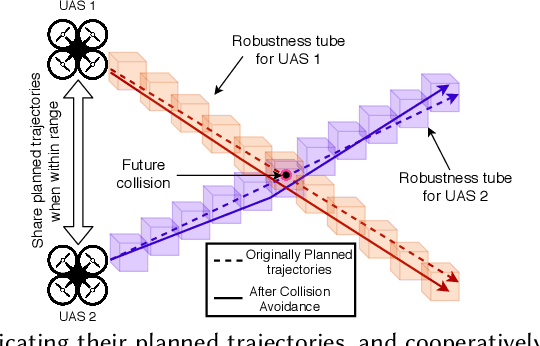
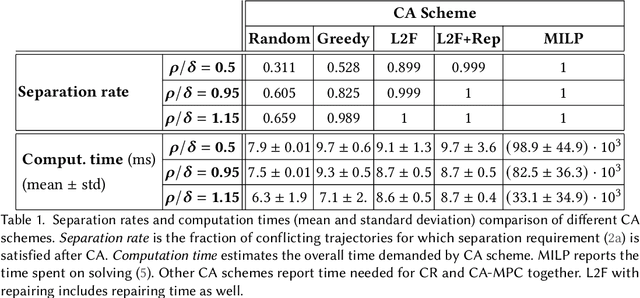


Abstract:Urban Air Mobility, the scenario where hundreds of manned and Unmanned Aircraft System (UAS) carry out a wide variety of missions (e.g. moving humans and goods within the city), is gaining acceptance as a transportation solution of the future. One of the key requirements for this to happen is safely managing the air traffic in these urban airspaces. Due to the expected density of the airspace, this requires fast autonomous solutions that can be deployed online. We propose Learning-'N-Flying (LNF) a multi-UAS Collision Avoidance (CA) framework. It is decentralized, works on-the-fly and allows autonomous UAS managed by different operators to safely carry out complex missions, represented using Signal Temporal Logic, in a shared airspace. We initially formulate the problem of predictive collision avoidance for two UAS as a mixed-integer linear program, and show that it is intractable to solve online. Instead, we first develop Learning-to-Fly (L2F) by combining: a) learning-based decision-making, and b) decentralized convex optimization-based control. LNF extends L2F to cases where there are more than two UAS on a collision path. Through extensive simulations, we show that our method can run online (computation time in the order of milliseconds), and under certain assumptions has failure rates of less than 1% in the worst-case, improving to near 0% in more relaxed operations. We show the applicability of our scheme to a wide variety of settings through multiple case studies.
Learning-to-Fly: Learning-based Collision Avoidance for Scalable Urban Air Mobility
Jun 23, 2020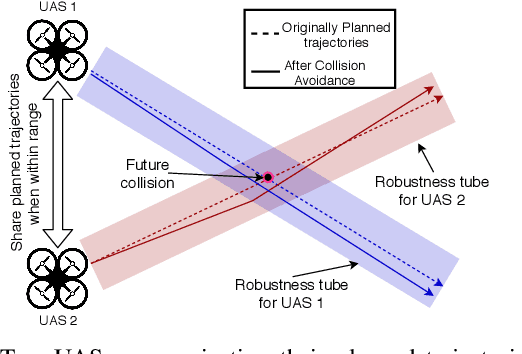

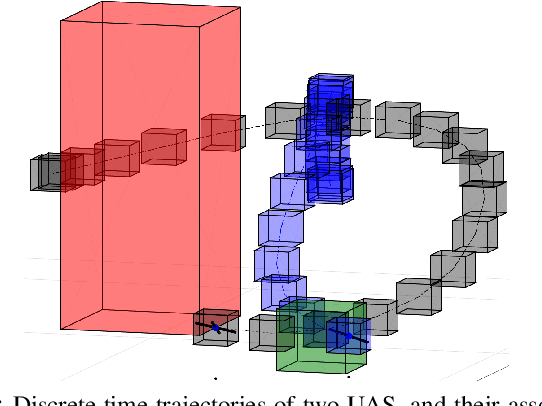
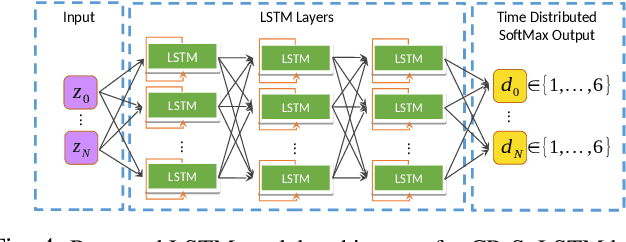
Abstract:With increasing urban population, there is global interest in Urban Air Mobility (UAM), where hundreds of autonomous Unmanned Aircraft Systems (UAS) execute missions in the airspace above cities. Unlike traditional human-in-the-loop air traffic management, UAM requires decentralized autonomous approaches that scale for an order of magnitude higher aircraft densities and are applicable to urban settings. We present Learning-to-Fly (L2F), a decentralized on-demand airborne collision avoidance framework for multiple UAS that allows them to independently plan and safely execute missions with spatial, temporal and reactive objectives expressed using Signal Temporal Logic. We formulate the problem of predictively avoiding collisions between two UAS without violating mission objectives as a Mixed Integer Linear Program (MILP).This however is intractable to solve online. Instead, we develop L2F, a two-stage collision avoidance method that consists of: 1) a learning-based decision-making scheme and 2) a distributed, linear programming-based UAS control algorithm. Through extensive simulations, we show the real-time applicability of our method which is $\approx\!6000\times$ faster than the MILP approach and can resolve $100\%$ of collisions when there is ample room to maneuver, and shows graceful degradation in performance otherwise. We also compare L2F to two other methods and demonstrate an implementation on quad-rotor robots.
 Add to Chrome
Add to Chrome Add to Firefox
Add to Firefox Add to Edge
Add to Edge